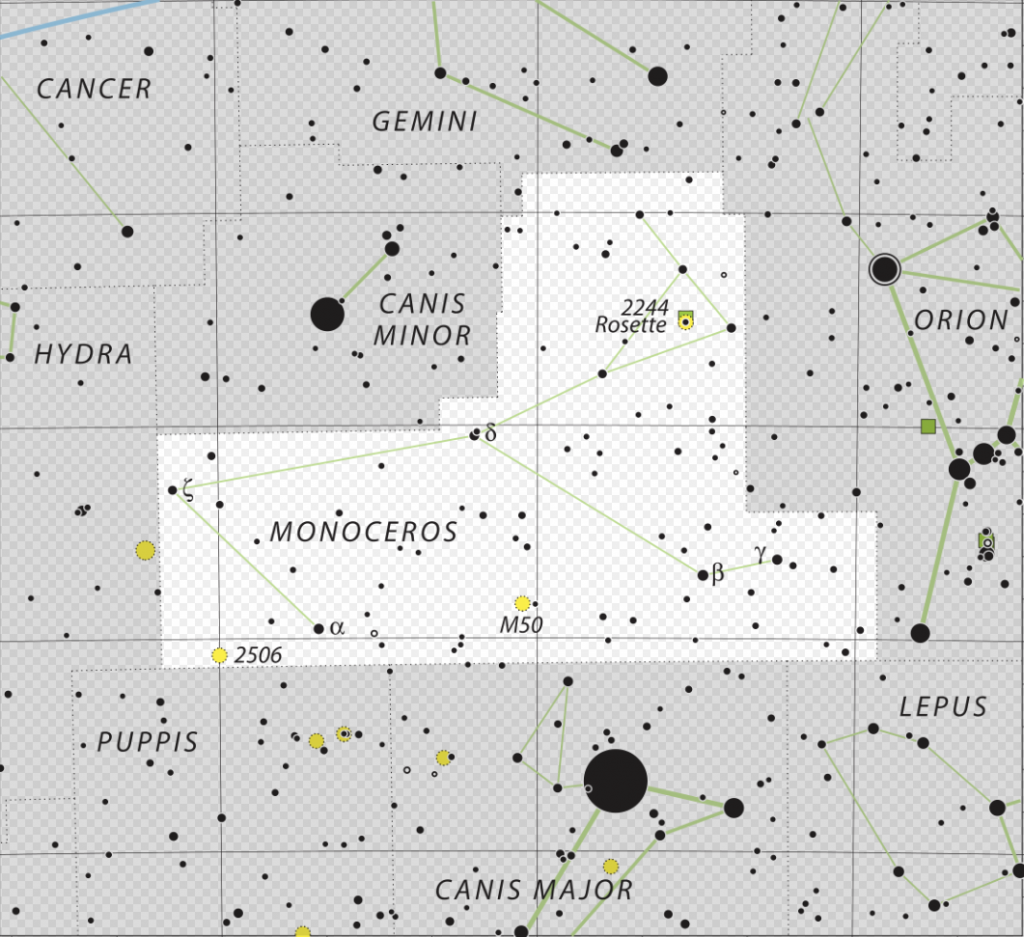| ACQUISITION | PARAMETRES ACQUISITION | |||||
| Objet | Filtres | Bin | Temps Pose | Nombres Poses | Temps Total | |
| Nom | Ngc 2239 | Luminance | 1 x 1 | |||
| Constellation | Licorne | Rouge | 1 x 1 | |||
| Distance | 4700 AL | Vert | 1 x 1 | |||
| Détail prise de vue | Bleu | 1 x 1 | ||||
| Lieu | Maison-Maugis 61 | S2 | 1 x 1 | 15′ | 23 | 5H75 |
| Date acquisition | 18/01/17au 21/01/2017 | Hα | 1 x 1 | 15′ | 25 | 6H25 |
| Setup | O3 | 1 X 1 | 15′ | 23 | 5H75 | |
| Instrument | Lunette Explorer Scientific Triplet Apochromatique | Totaux | 71 | 17H75 | ||
| Diamètre | 80 mm | Bias | 55 | |||
| Focale | 480 mm | Dark | 19 | |||
| Rapport F/D | 6 | Flat | 20 | |||
| Monture | EQ8 Skywatcher | Acquisition faite par | Francis | |||
| Caméra acquisition | Morovian G2 4000 | Traitement fait par | Francis | |||
| Caméra de guidage | Atik 314L | Logiciels utilisés | ||||
| Montage de guidage | DO Skymeca | Acquisition | TheSkyX , Focusmax, Maxpilote | |||
| Echantillonage | 3,17 arcs | Traitement | Pixinsight, Photoshop | |||
PHOTO COMMENTS
The Rosetta Nebula, NGC 2237, is not the only cosmic cloud that evokes a flower, but it is the most famous. On the edge of a large molecular cloud in the Unicorn constellation, some 5,000 light years from Earth, the petals of this cosmic rose are a veritable stellar nursery. This beautiful symmetrical shape is sculpted by winds and radiation from the central cluster of O-type stars. The stars in the group, listed as NGC 2444 , are only a few million years old, while the central cavity of the Rosetta Nebula is about 50 light years across. The nebula can be seen with a small telescope in the direction of the Unicorn constellation.
